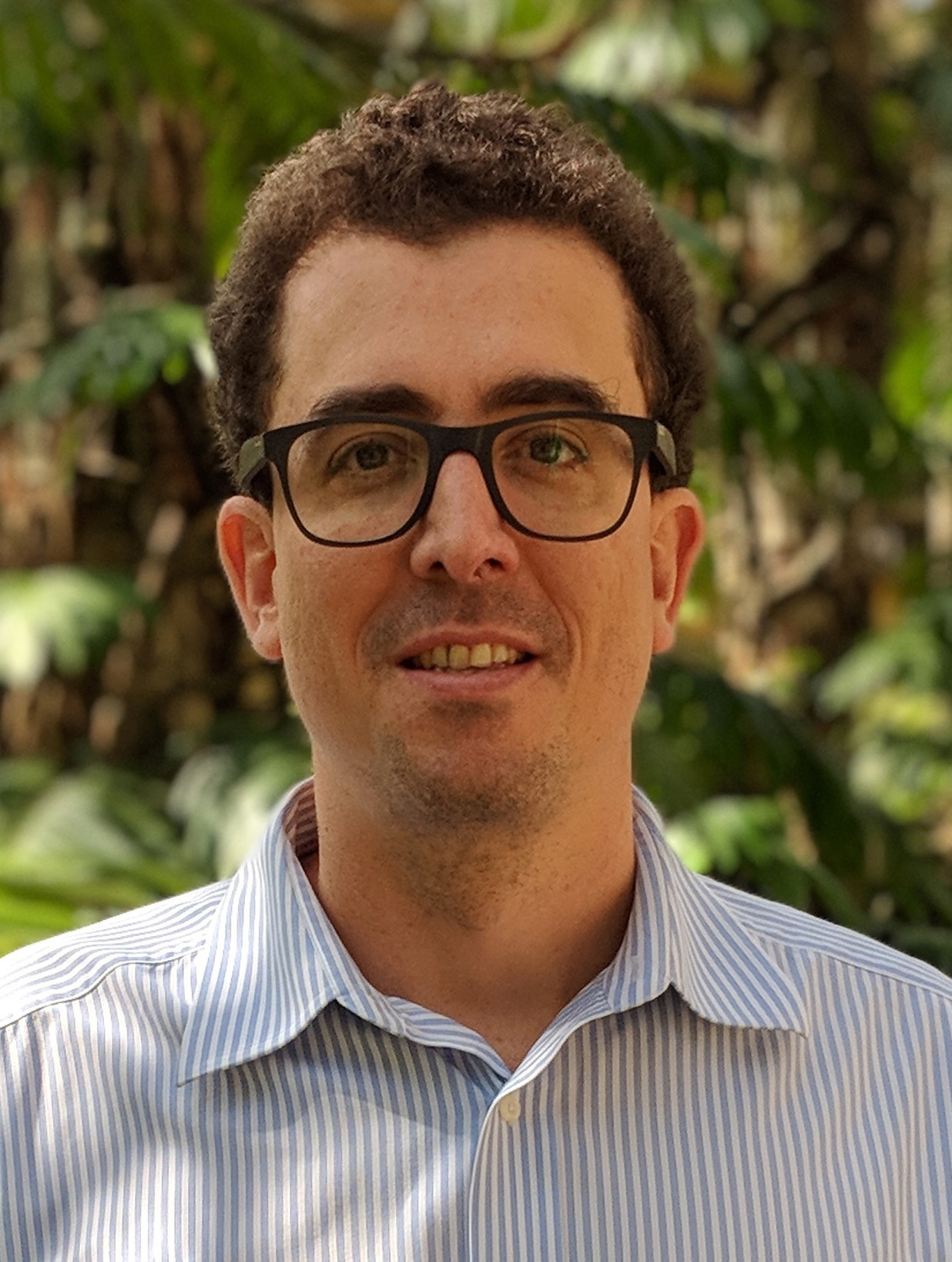|
Title Associate Professor Education Ph.D. 2004 State University at Campinas, Physics Previous Experience 2019 Visiting professor, University of Granada, Spain Professional Interests Dr. Barbosa’s research focuses on understanding the interaction of tropical rainforests with the atmosphere on multiple spatial and temporal scales, particularly the effect of deforestation and climate change on the hydrological cycle and the development of clouds, and the feedbacks in the climate system. On the macro scale, this involves looking at how water vapor released by the rainforest is transported thousands of kilometers promoting rain along the way; while on the micro scale, it involves cloud-aerosol interactions and how anthropogenic emissions modify these interactions. To do so, our group combines different modeling tools with unprecedented cloud and aerosol observations over the Amazon rainforest. For instance, we have used a combination of Lagrangean dispersion model and complex-networks to perform the only study ever to include multiple land-evaporation cycles when looking at moisture transport, which we called “cascading moisture recycling”. We have also developed dynamical-system approaches or applied artificial intelligence models to investigate vegetation-atmosphere-precipitation coupling. Our group also relies on observations, for instance, to investigate how clouds over tropical rainforests grow from shallow warm clouds into organized thunderstorms, and how this processes is affected by anthropogenic activities. We are always looking for excellent postdoctoral scholars and students of all. If you are interested, please send me an email. Selected Publications See complete list of my publications here: Fan et al., 2018: Substantial convection and precipitation enhancements by ultrafine aerosol particles, Science, Vol. 359, Issue 6374, pp. 411-418 Zemp et al., 2017: Self-amplified Amazon forest loss due to vegetation-atmosphere feedbacks. Nature Communications 8, Article number: 14681 Boers et al., 2017: A deforestation-induced tipping point for the South American monsoon system. Nature Scientific Reports 7, Article number: 41489 Wang et al., 2016: Amazon boundary layer aerosol concentration sustained by vertical transport during rainfall. Nature, 539, 416–419 Rosenfeld et al., 2016: Satellite retrieval of cloud condensation nuclei concentrations by using clouds as CCN chambers. PNAS, 113 (21), 5828-5834 Boers et al., 2014: Prediction of Extreme Floods in the Eastern Central Andes: A Complex Networks Approach, Nat. Commun. 5:5199 Some paper’s highlights: 2017 2016 2014 2011 |
